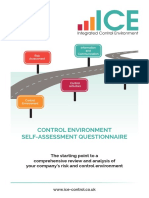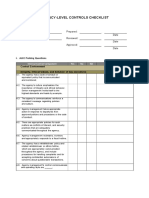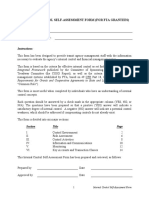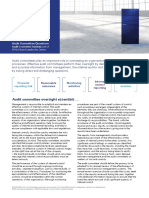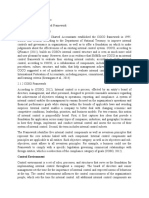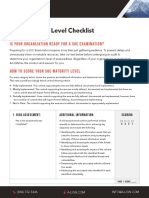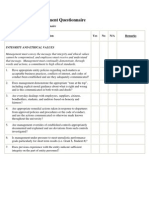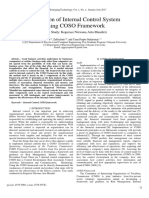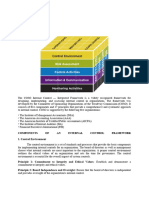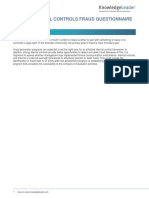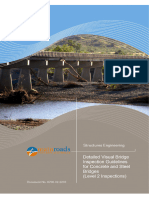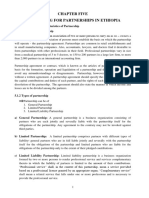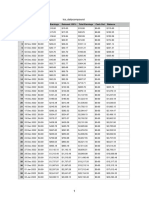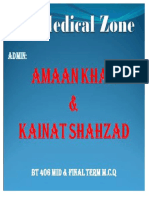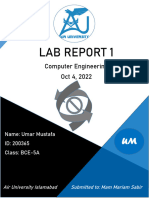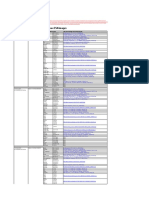0% found this document useful (0 votes)
113 views6 pagesCOSO Framework
The document is a checklist designed to measure the maturity of internal control processes based on the COSO Framework, divided into five parts: Control Environment, Risk Assessment, Control Activities, Information and Communication, and Monitoring and Evaluation. Each part contains a series of questions rated on a scale of 1 to 5, assessing various aspects of internal controls within an organization. The checklist aims to help organizations evaluate and improve their internal control systems effectively.
Uploaded by
michaelraafat1Copyright
© © All Rights Reserved
We take content rights seriously. If you suspect this is your content, claim it here.
Available Formats
Download as PDF, TXT or read online on Scribd
0% found this document useful (0 votes)
113 views6 pagesCOSO Framework
The document is a checklist designed to measure the maturity of internal control processes based on the COSO Framework, divided into five parts: Control Environment, Risk Assessment, Control Activities, Information and Communication, and Monitoring and Evaluation. Each part contains a series of questions rated on a scale of 1 to 5, assessing various aspects of internal controls within an organization. The checklist aims to help organizations evaluate and improve their internal control systems effectively.
Uploaded by
michaelraafat1Copyright
© © All Rights Reserved
We take content rights seriously. If you suspect this is your content, claim it here.
Available Formats
Download as PDF, TXT or read online on Scribd
/ 6


